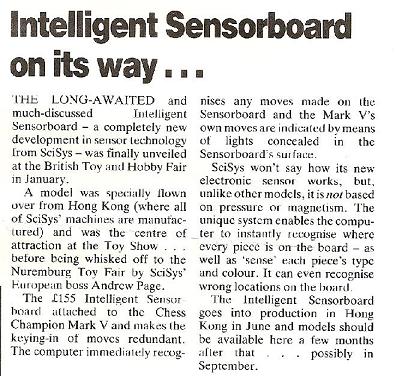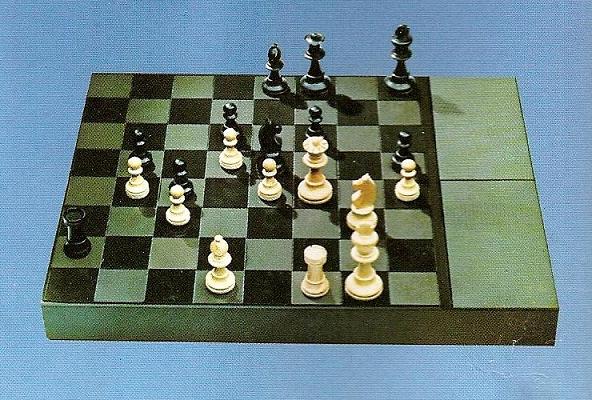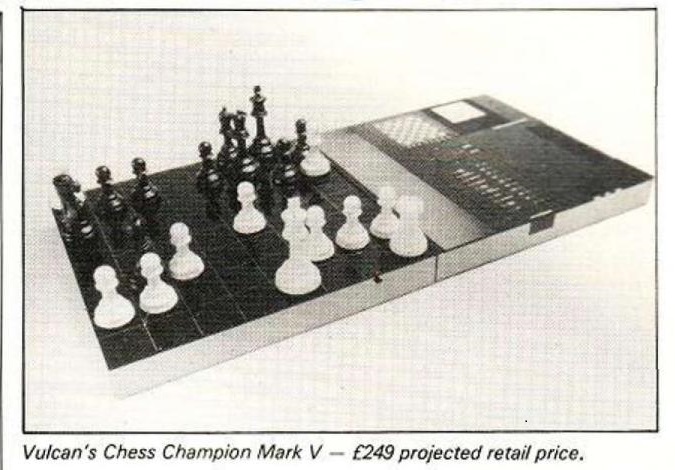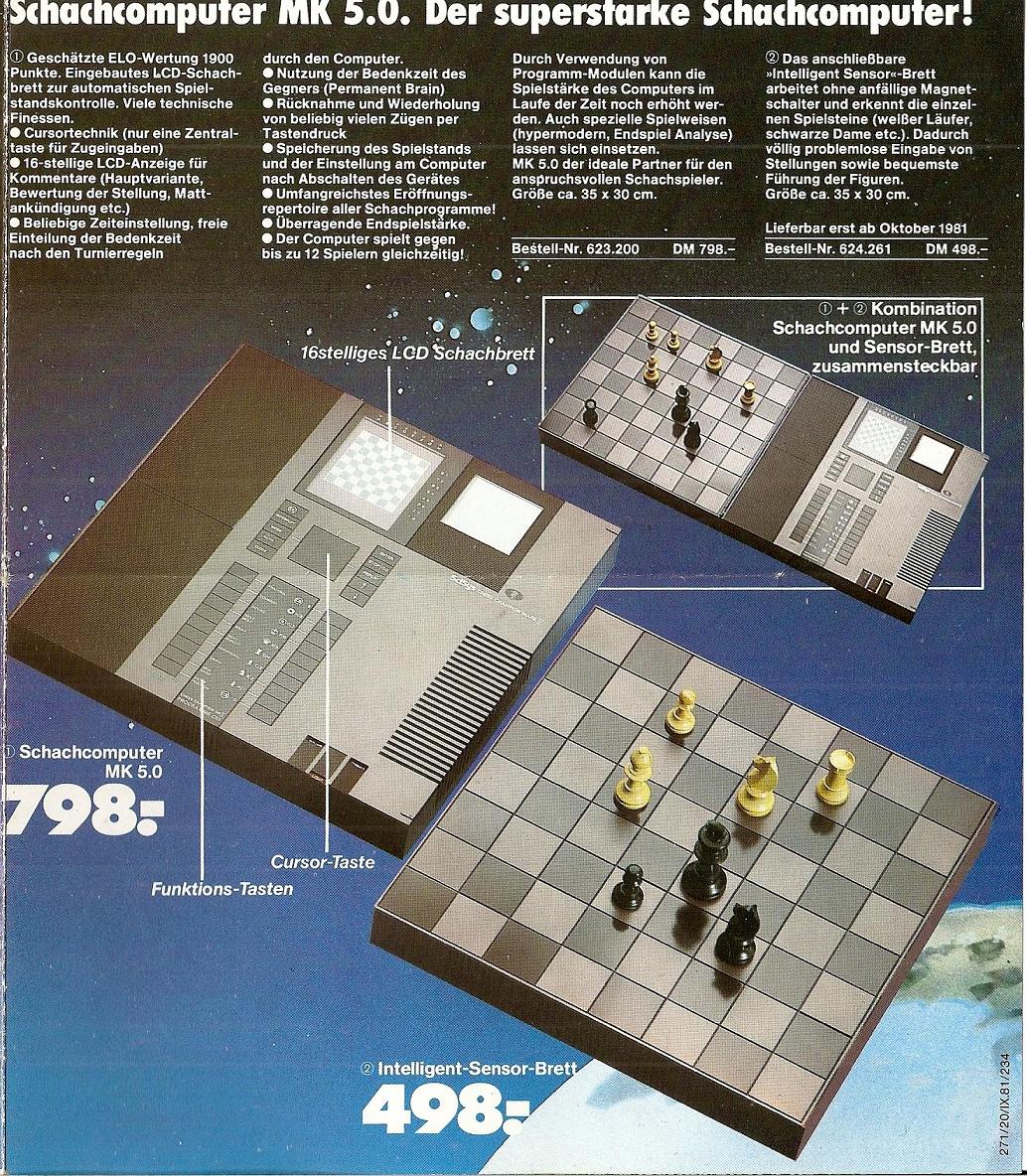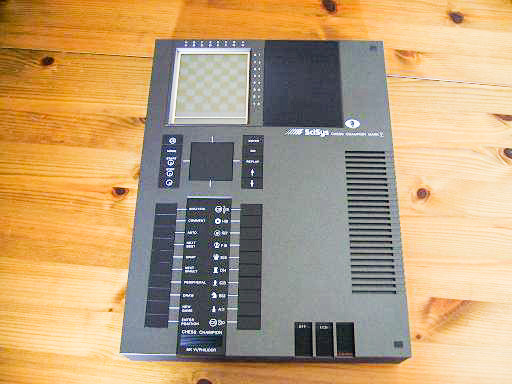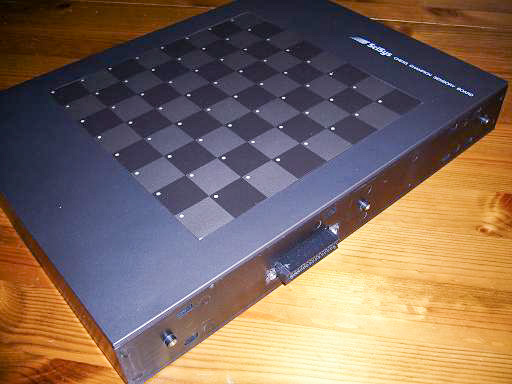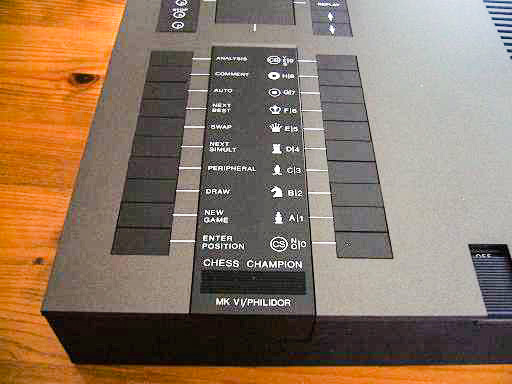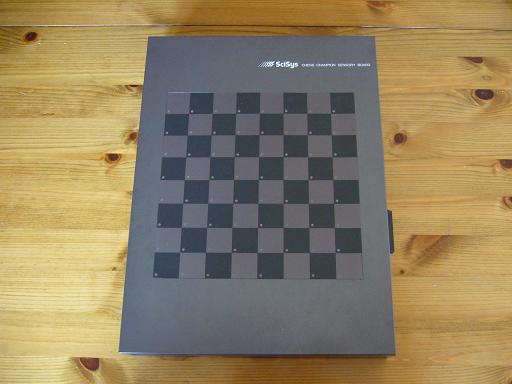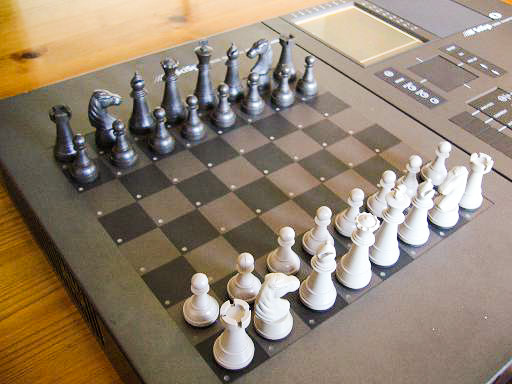|
Before the Mark V was even released SciSys was keen to follow up with a stronger program and a Sensor Board. SciSys was aware of the need to appeal to customers who preferred to play with a real chess board rather than follow the game on the LCD screen of the Mark V.
Early on the Sensor Board project appeared to be going to plan. Kevin O’Connell of Intelligent Software showed a working prototype to author Tim Harding as early as August 1981 and (bottom of this page) there is a photograph from Your Computer magazine published in October 1981 and a Quelle catalogue extract from even earlier. At the Second European Microcomputer Chess Championships held at the Personal Computer World (PCW) show in September 1981 two Philidor experimental programs came 4th and 5th. Development of the next program was on track.
By March 1982 a price of £155 was already being quoted for the Sensor Board. A patent application was filed on 19th July 1982 (link). However the months went by with no further news of a release date. The Mark VI was released just before Christmas in 1982. The cost of the Mark V chess computer was reduced from £275 to £199, with the Mark VI module costing another £199. In January 1983 PCW carried an article about Scisys and the Mark V and VI, including a game with evaluations throughout between the old and the new. The Mark VI won OK.
However it soon became clear that the Mark VI was little stronger than the Mark V. The current Selective Search Elo ratings are 1419 and 1428. At a time when playing strength was everything this was bad news for the future of the Mark VI. On top of that Scisys had considerable difficulties with the Sensor Board. The original design is shown in the photo immediately below and described in the magazine cutting. The description is of a piece recognition type board similar to the Tasc R30, a chess computer which did not appear for another 10 years. Major changes were made to the final product. Perhaps the piece recognition system was too expensive or difficult to implement. Anyway a Sensor Board was released just before Christmas 1983, but it was badly flawed. The magnet system chosen is slow and temperamental in setting up the pieces, and a game with the Sensor Board requires some patience.
For those reasons, despite substantial reductions in price, the Mark VI and Sensor Board sold badly. Which explains why they are very rare today.
The Mark VI / Philidor module and Sensor Board you see were bought from a collector in Germany. The Mark V chess computer came from the USA.
|
